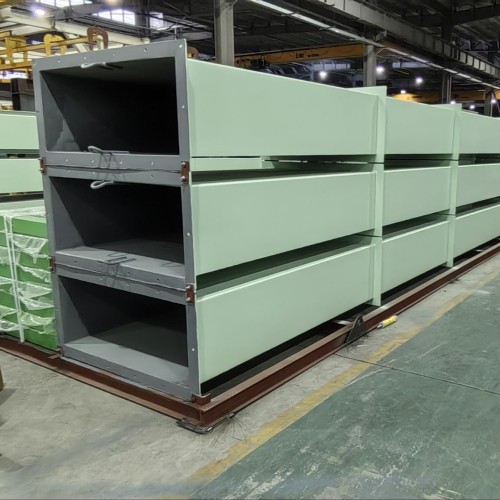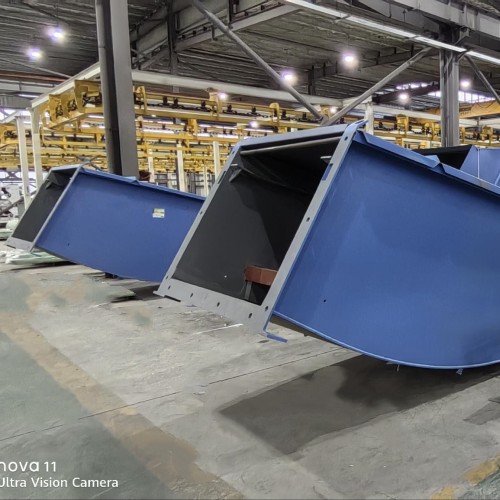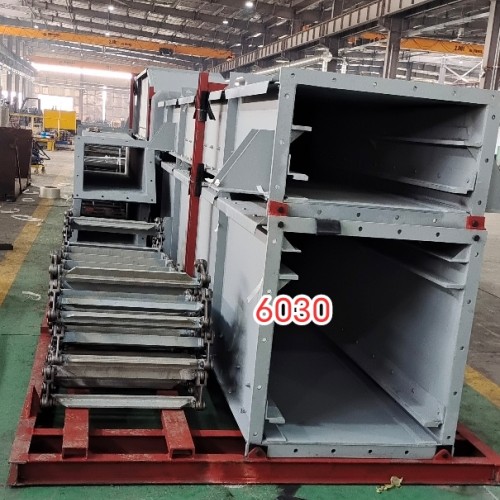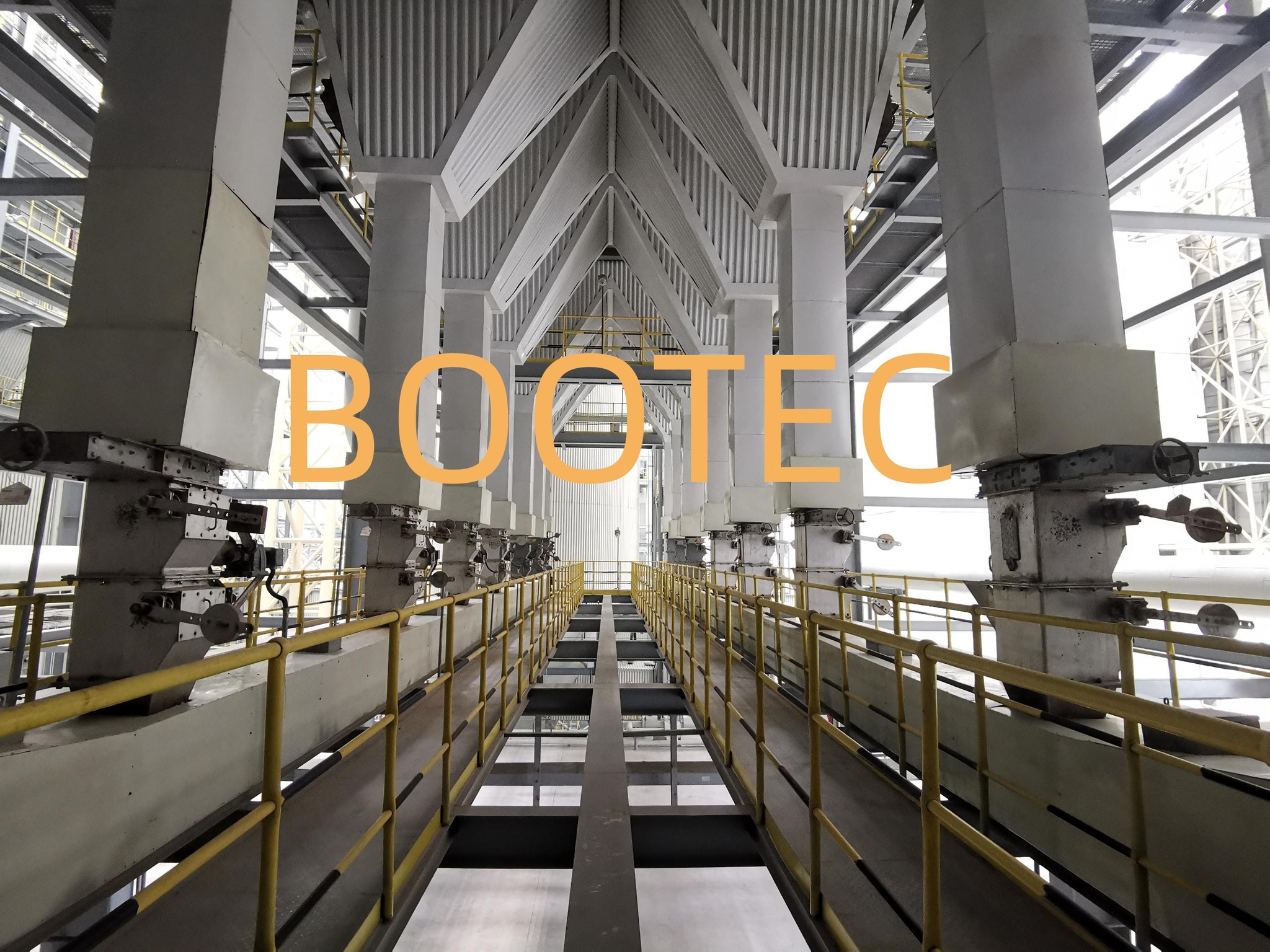
Trough screw conveyors for ash
Trough screw conveyors are a commonly used material handling solution for ash in industries like waste-to-energy plants and power generation. They are highly effective for transporting ash—whether fly ash, bottom ash, or slag—due to their simple, reliable design and ability to handle both dry and semi-dry materials.
Key Features of Trough Screw Conveyors for Ash Handling
- Enclosed Design for Dust Control:
- The trough screw conveyor features an enclosed design, which is especially beneficial when handling fine, dusty materials like ash. It helps to contain dust and minimize environmental pollution, ensuring a safer and cleaner work environment.
- The enclosed trough also prevents spillage, reducing material waste and keeping the surrounding area tidy.
- Material Compatibility:
- These conveyors can transport various types of ash, including fly ash, bottom ash, boiler ash, and slag, which are typically abrasive and high-temperature materials.
- The system is capable of handling coarse and fine ash particles, making it versatile for different stages of ash handling within the plant.
- Efficient Material Transport:
- Continuous Movement: The rotating screw auger within the trough ensures continuous material movement from one point to another. This is crucial for maintaining a consistent flow of ash to storage, processing, or disposal areas.
- Flexibility in Transport: Trough screw conveyors can be installed horizontally, inclined, or vertically depending on the layout of the plant. They are highly adaptable for transporting ash over long distances and at varying elevations.
- Durability and Robustness:
- Heavy-Duty Construction: Trough screw conveyors are built with high-strength materials like carbon steel or stainless steel to withstand the abrasive nature of ash, ensuring a long service life.
- Wear Resistance: The auger and trough are designed with abrasion-resistant coatings or linings to minimize wear and extend the lifespan of the system.
- Energy Efficiency:
- Low Power Consumption: Trough screw conveyors typically consume less power compared to other types of ash handling systems like pneumatic conveyors or drag chain conveyors, making them an energy-efficient choice for continuous ash transport.
- Easy Maintenance:
- Simple Design: With fewer moving parts, trough screw conveyors require less maintenance. Regular checks and lubrication are usually sufficient to ensure smooth operation.
- Access for Cleaning: The system is relatively easy to clean, which is important for ash handling where buildup can lead to performance issues over time.
- Temperature Resistance:
- Heat-Resistant Materials: Ash, particularly bottom ash and boiler slag, is often high-temperature material. Trough screw conveyors can be designed to handle elevated temperatures, with special heat-resistant materials used for the auger and trough, ensuring they can handle materials at temperatures up to 400°C or more, depending on the application.
Applications in Ash Handling
- Fly Ash Handling:
- Fly ash collected from electrostatic precipitators or baghouses can be efficiently transported using trough screw conveyors to storage silos or for further processing. The enclosed design helps in containing the fine particles and reducing the chances of airborne dust.
- Bottom Ash Transport:
- After combustion in the furnace or boiler, bottom ash needs to be transported from the furnace to disposal or storage sites. Trough screw conveyors can be used to transport this coarser material, typically at a lower flow rate compared to fly ash.
- Boiler Ash Transport:
- Ash generated in boilers is often a mix of fly ash and bottom ash, and trough screw conveyors can handle this mixed ash efficiently, transporting it to the appropriate collection or disposal areas.
- Slag and Other Byproducts:
- In waste-to-energy plants or coal-fired power plants, slag is often generated alongside ash. Trough screw conveyors are ideal for handling these materials due to their robustness and durability against abrasive, high-temperature materials.
- Storage and Disposal:
- The conveyors can transport ash to storage silos, where it can be stored for future use or further processed. They are also often used for transferring ash to disposal areas or landfills.
Advantages of Trough Screw Conveyors for Ash Handling
- Dust-Free Operation: The enclosed design ensures effective dust containment and minimal material spillage.
- Versatile Installation: Can be configured for horizontal, inclined, or vertical transport, offering flexibility in plant design.
- Durability: Handles abrasive and high-temperature ash efficiently with minimal wear and tear.
- Energy Efficient: Typically requires less power than other types of conveyors, reducing overall operational costs.
- Low Maintenance: The simple and robust design reduces the need for frequent maintenance, making it a reliable choice for long-term operations.
- Safe and Clean: The enclosed system helps maintain a safe and clean working environment, essential in industries like waste-to-energy and power generation.
Conclusion
Trough screw conveyors are a reliable, cost-effective, and efficient solution for ash handling in power plants, waste-to-energy facilities, and other industries that generate ash as a byproduct. Their enclosed design, durability, and flexibility make them particularly well-suited for managing fine, coarse, and abrasive ash materials while ensuring low maintenance, energy efficiency, and safe, dust-free operation.
Would you like more details on how to integrate trough screw conveyors into your existing ash handling system or need advice on specific design parameters?
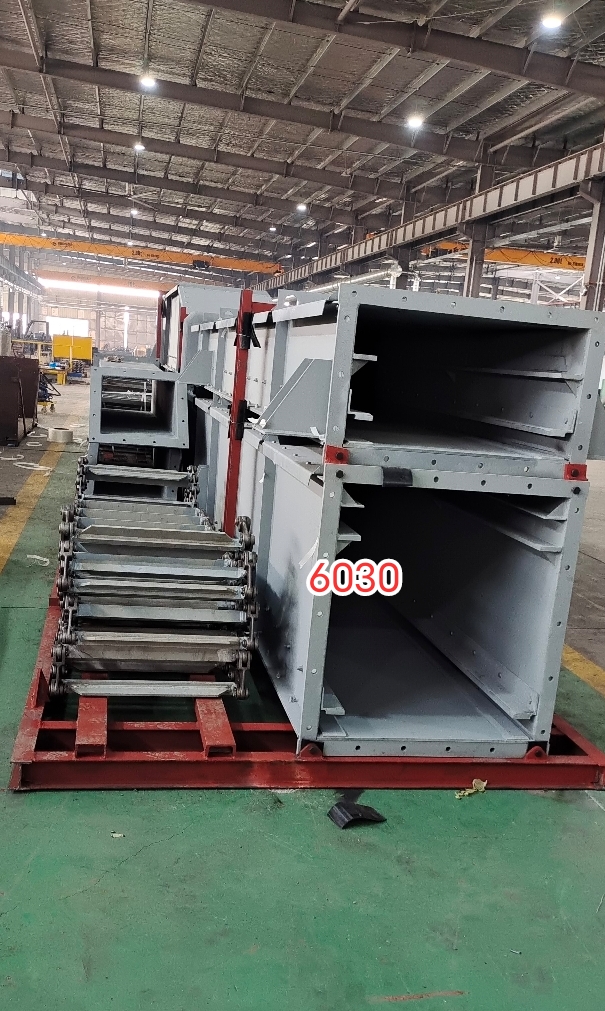
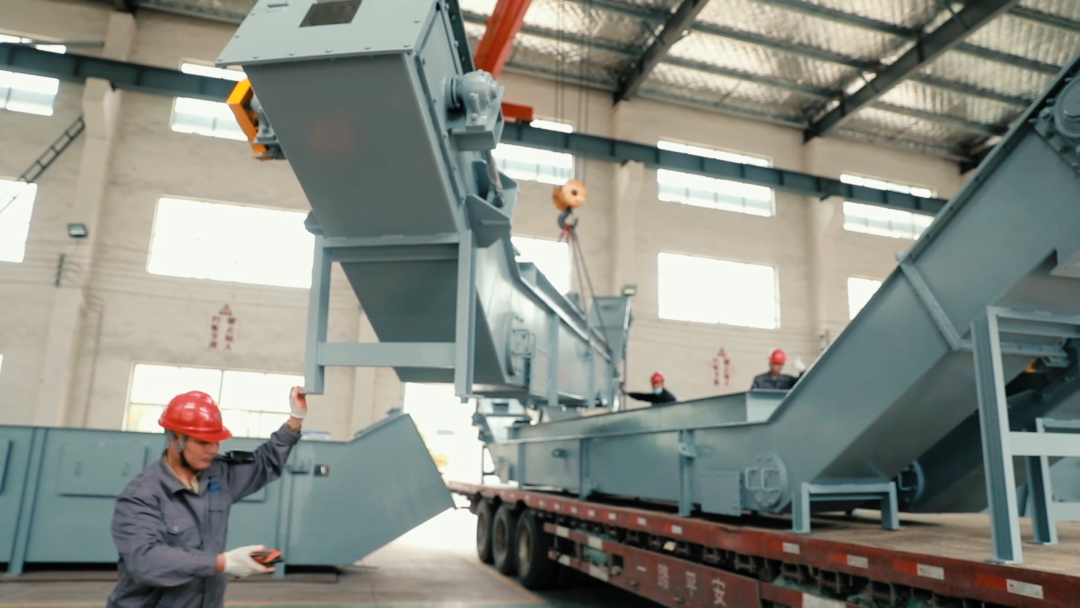
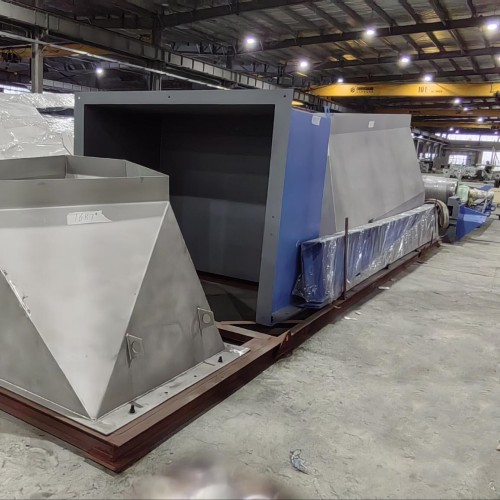
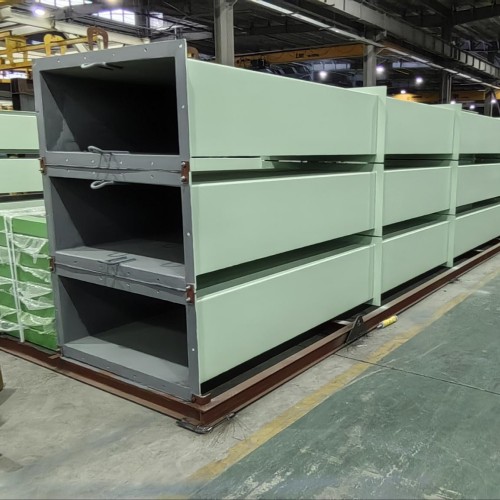
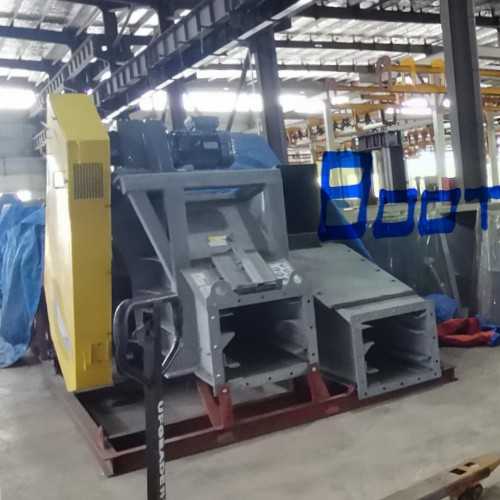
|
Model |
BG500S |
|
Chute Width (mm) |
500 |
|
Chute Depth(mm) |
500 |
|
Capacity (m3/h) |
30m3/h |
|
Chain Speed (m/s) |
0.12 |
|
Chain Pitch(mm) |
(P1/P2) P=142mm/200mm |
|
Conveyor Length (m) |
5.9<L≤40 |
|
Scraper size(mm) |
142×470×50mm |
|
Transport Material Thickness (mm) |
150mm |
|
Installation Angle (degree) |
≤15° |
|
Motor Power Kw |
7.5 |
|
Drive Installation Type |
Back Mounted (Left/Right) |
|
Transmission Type |
Chain Drive |
|
Ideal Granularity (mm) |
<10 |
|
Maximum Humidity (%) |
≤5% |
|
Maximum Temperature(˚C) |
≤150˚C |
|
Model |
BG640S |
|
Chute Width (mm) |
640 |
|
Chute Depth(mm) |
500 |
|
Capacity (m3/h) |
50m3/h |
|
Chain Speed (m/s) |
0.12 |
|
Chain Pitch(mm) |
(P1/P2) P=142mm/200mm |
|
Conveyor Length (m) |
3.39<L≤30 30≤x≤40 |
|
Scraper size(mm) |
142×600×50mm |
|
Transport Material Thickness (mm) |
200mm |
|
Installation Angle (degree) |
≤15° |
|
Motor Power Kw |
7.5 |
|
Drive Installation Type |
Back Mounted (Left/Right) |
|
Transmission Type |
Chain Drive |
|
Ideal Granularity (mm) |
<10 |
|
Maximum Humidity (%) |
≤5% |
|
Maximum Temperature(˚C) |
≤150˚C |

